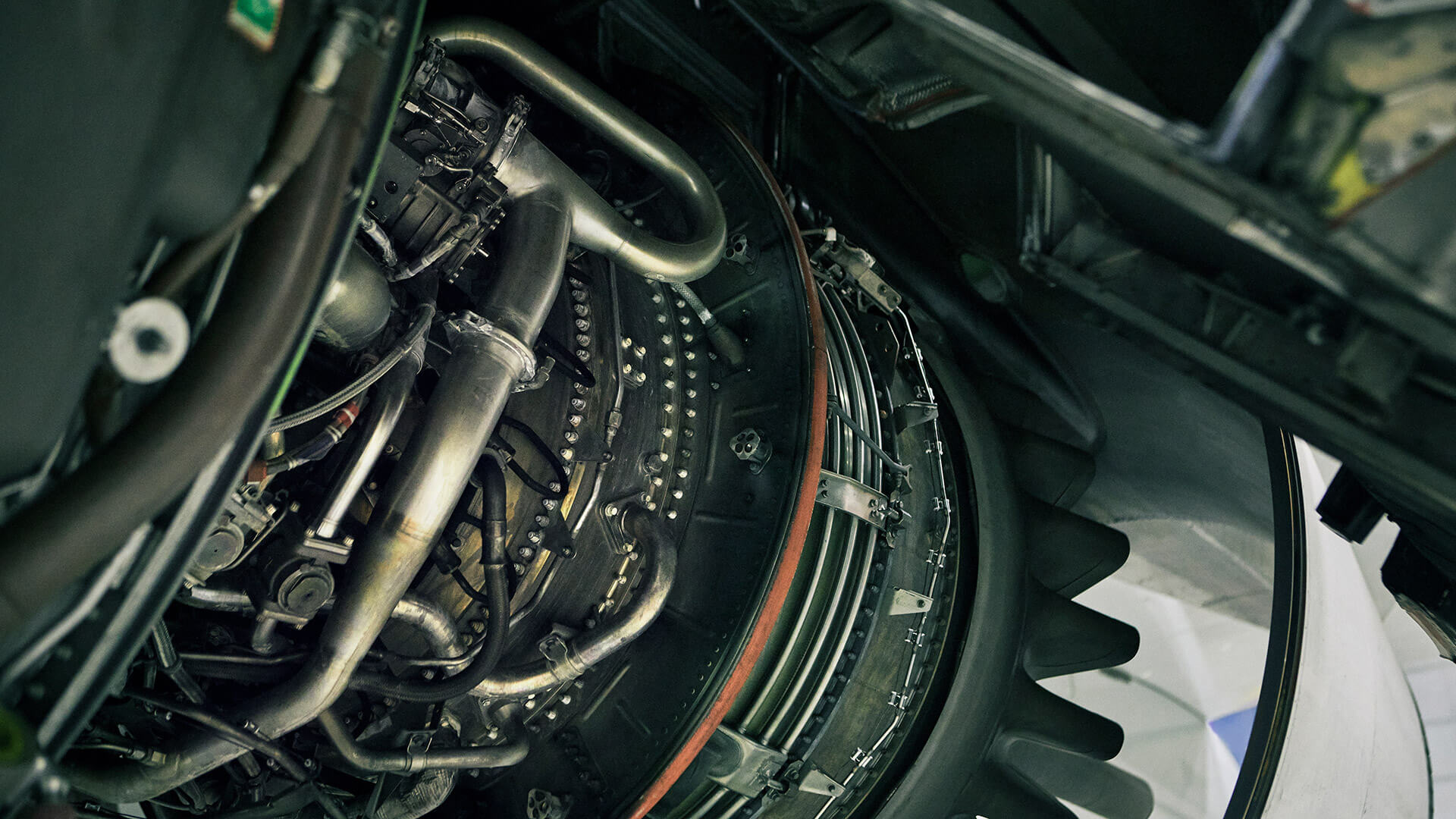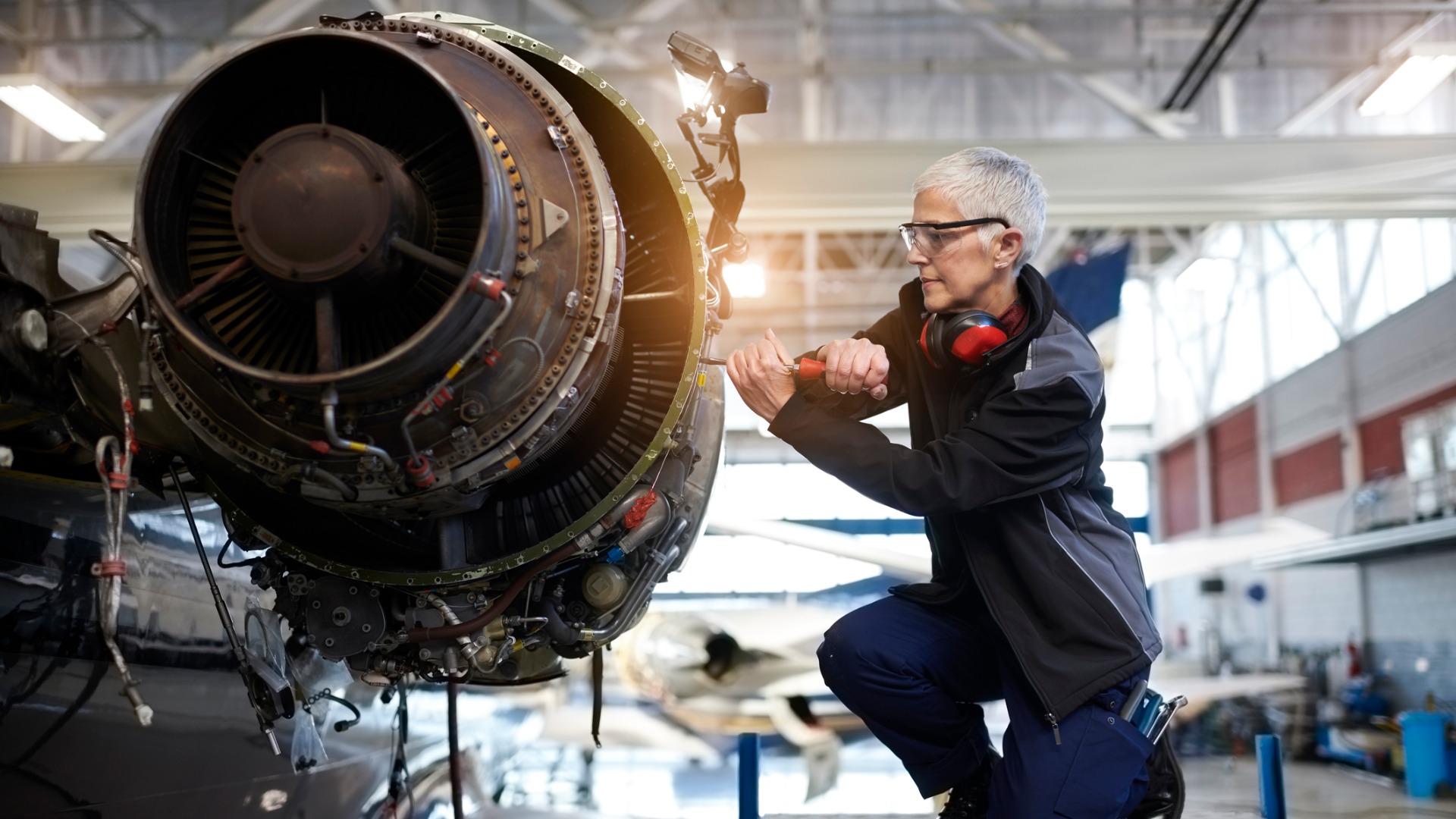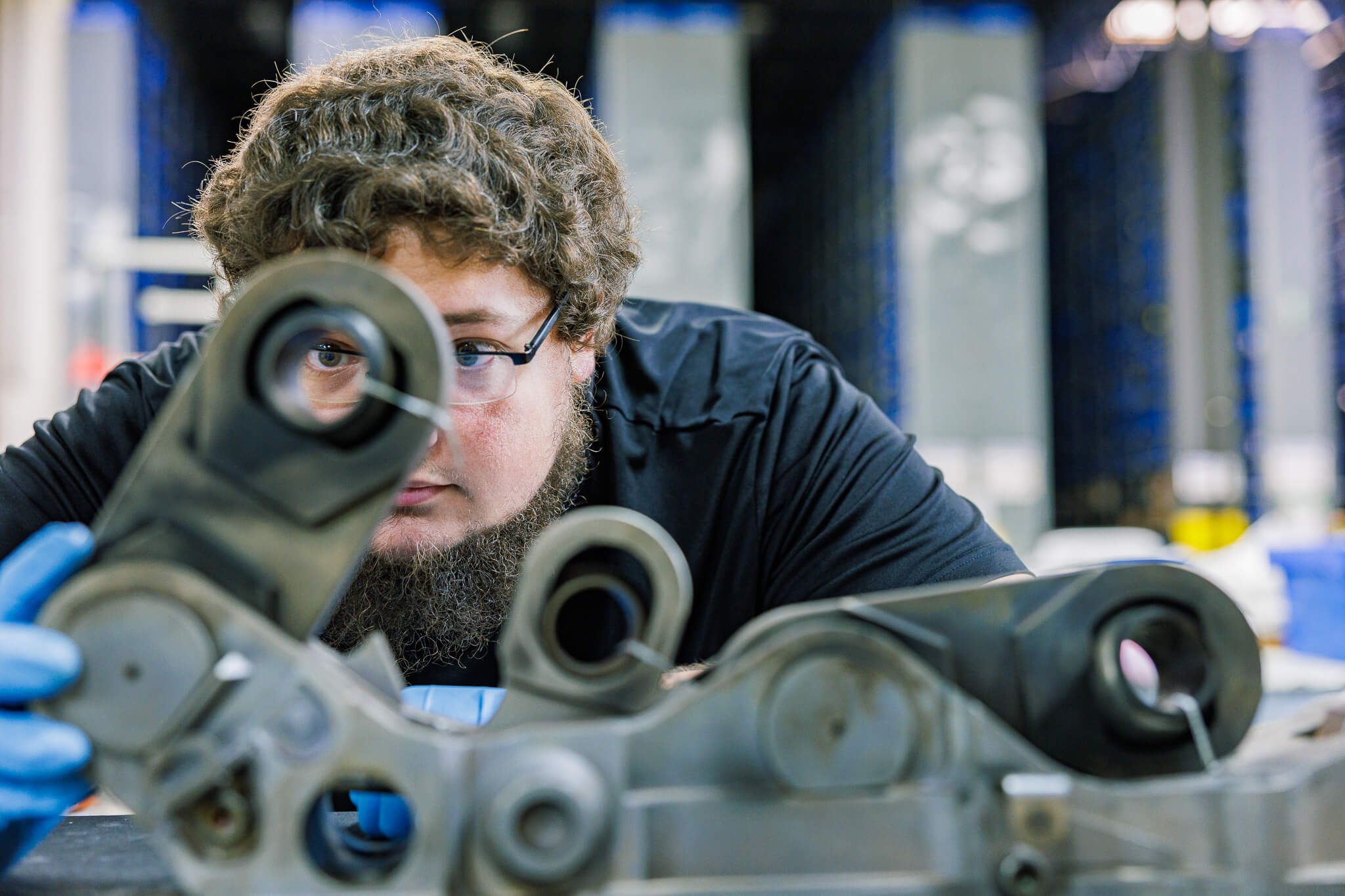Is USM right for your business?
Learn more about VAS Aero Services, the world’s leading USM solutions provider & Satair subsidiary.


Passengers are cutting their emissions in their everyday lives like never before, whilst increasing their rates of recycling and upcycling, but the effort is a mere drop in the ocean compared to the carbon footprint they leave behind every time they disembark from a plane.
Aviation, whose contribution to climate impact continues to grow as flight numbers return to pre-pandemic levels and other industries begin to reduce their emission rates, is caught in a quagmire: passengers, whose growing demand for services is causing increased climate impact, are asking for more sustainability.
But beyond a few anti-flying social movements, such as ‘flygskam’ (flight shame), and criticism of celebrities using private jets, there’s limited pressure on passengers, or even the business community, to reduce the number of flights they take.
Instead, the pressure is almost entirely felt by the global aviation industry to reduce the emissions, whilst continuing to serve the public.
It has adopted a unified set of goals to be ‘Net Zero’ by 2050, and many airlines are investing in zero-emission technologies, but how long will it take before the change can be felt climatically?
Among the cross-section of industry experts who took the time to speak to the Satair Knowledge Hub at this year’s MRO Europe were a number of optimistic voices.
Fortunately, USM (used serviceable material) is the very definition of sustainability, according to David Stewart, Partner at Oliver Wyman. For an aviation industry crying out for tangible progress, this could not come at a better time:
“Rather than buying a new part with all the emissions associated with manufacturing a new part, USM has already been manufactured, so there's no emissions and no incremental net new emissions to it. So it's a much more sustainable sort of service.”
Learn more about VAS Aero Services, the world’s leading USM solutions provider & Satair subsidiary.

But there’s always room for improvement, contends Ivan Gonzalez Vallejo, Director Strategy and Supply Chain, Iberia. The key is to never tire of asking questions:
“How are we going to be able to repair parts that in the past were not repaired and replaced? How are we going to make sure that fuel emissions are decreased? How can we operate aircraft in a different way?”
Tommy Hughes, President and CEO at VAS Aero Services, has certainly noticed a large increase in questions from his customer base compared to a few years ago.
“Today we're being asked more and more what our sustainability, recycling and environmental support plans are. Our customers have their own and want us to be aligned with that type of disposition.”
The combined efforts of the aviation industry and its supply chain have seen a huge upsurge in the recycling of parts in the last 30 years.
Recycling parts too quickly, however, is not the best option, and the supply chain needs to ensure that repairs remain a viable option for airlines, says Vallejo:
“We need to make sure that the repair cost of engines to keep them serviceable is as low as possible, whilst ensuring we are not replacing parts that could be repaired. Because that's sustainable from a logistical perspective, from a material usage perspective, and even from a recycling perspective.”

USM upcycling is also a growing market, although it mostly consists of novelty projects.
The internet holds plenty of stories of how people live in converted planes, of which perhaps the project with the most potential is the case of a new property in Malibu being entirely made out of a Boeing 747 – some 4,500,000 pieces acquired for a price of just 50,000 dollars.
This year’s MRO Europe provided another novel use of USM – a plane courtesy of VAS Aero Services in the US that was used to build a “manufacturing playground for children”. As Hughes explains:
“Recently, we donated a cockpit to a local school so that kids could be entertained by the interior of a plane.
But as big a part as the aviation supply chain is playing in making air travel more sustainable, it needs aviation to speed up its transition to green fuel, asserts Dr Michael Winters, Principal Fellow Advanced Technology at Pratt & Whitney:
“We are all investing deeply in technology and working with governments and universities through public-private partnerships to bring forth new technologies that will enable ever-increasing levels of efficiency, whilst reducing the fuel burn of the fleet.”
Key to this, according to Dr Winters, will be the use of the gas turbine engine.
“The gas turbine engine, when enhanced with hybrid electric, becomes an optimised cyber-physical machine and, even without batteries, brings value and greater fuel efficiency to the fleet by as much as 5 percent on a large single aisle and as much as 30 percent for a regional turboprop. They will burn sustainable aviation fuels when they become available en masse, as well as hydrogen when it's available on the flight line.”
It is a green future that governance needs to buy into, according to Vallejo:
“The capacity installed for producing sustainable aviation fuel is not enough at present. Government action is needed.”